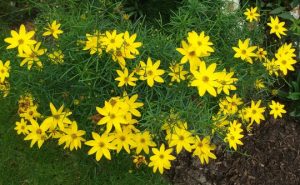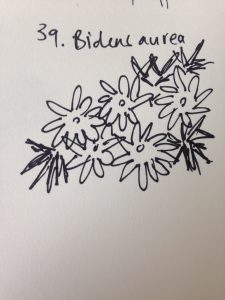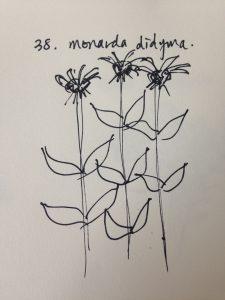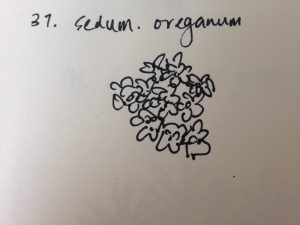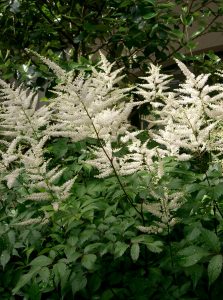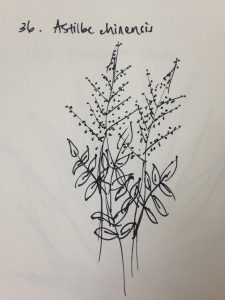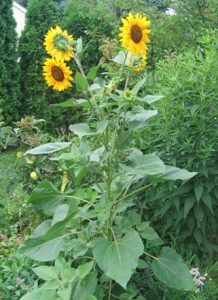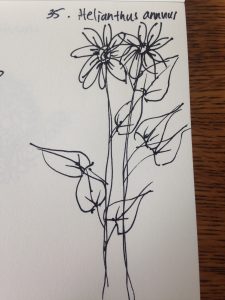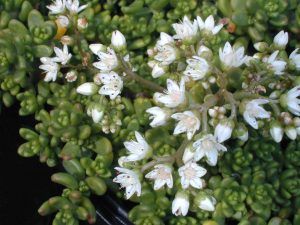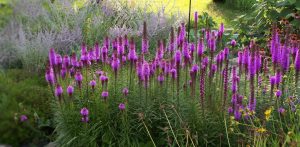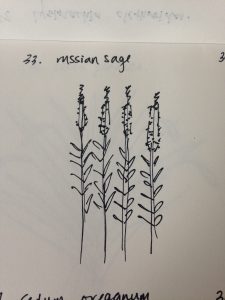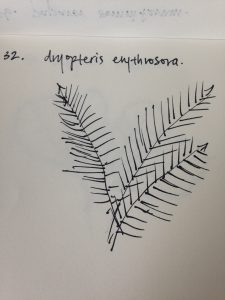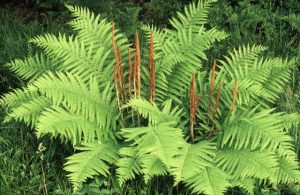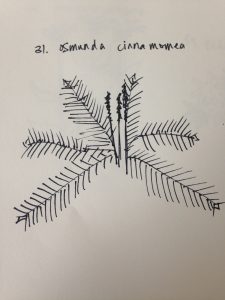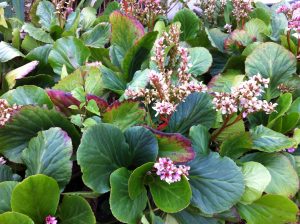
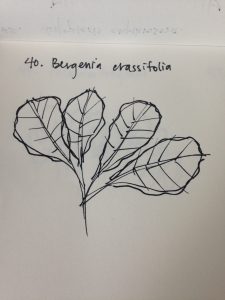
(image from google images)
Common name: pigsqueak
Size, form, texture: height 1-1.5 ft, spread 0.75-1 ft, evergreen ground cover, runs horizontally along ground, spreads broadly
Hardiness, origin, native ecology: tough plant, long lived perennials as long as no weavel issue, zone 4-8, native to Northeastern Asia, prefers consistently moist, well drained soils in part to full shade. Can tolerate some drought but foliage will discolour if soil is allowed to fully dry out. Plants spread by rhizomes, will suffer cold damage in winter.
Bud, foliage, flower and fruit characteristics: magenta pink bell-shaped flowers on racemes, foliage forms a thick carpet of leaves, flowers when cool feb-aril, lasts for months, decumbant stems that grow together,
Cultural and maintenance requirements and appropriate uses in the landscape: low maintenance, promptly remove dead foliage maintain appearance, good in shaded or sun dappled borders, large leafed ground cover for woodland or shaded areas, good edging for shaded pathways or water margins.
